Mustard oil, known in many parts of India as “Sarson ka Tel,” is a pungent, golden-yellow oil extracted from the seeds of the mustard plant. Revered in traditional Indian and Bangladeshi cuisines, it possesses a distinctive sharp flavor and strong aroma due to the presence of allyl isothiocyanate. This oil is typically expeller-pressed or cold-pressed to retain its natural characteristics and beneficial compounds. While some countries restrict its internal consumption due to higher levels of erucic acid in certain varieties, its rich nutritional profile and unique flavor make it a staple in many kitchens, and it’s widely used for its therapeutic properties.
Health Benefits: Mustard oil is praised for its high content of monounsaturated (MUFA) and polyunsaturated fatty acids (PUFA), including beneficial omega-3 and omega-6, which contribute to heart health by helping to lower “bad” cholesterol (LDL) and improve the good (HDL). It possesses significant antibacterial, antifungal, and anti-inflammatory properties, making it useful for combating infections, reducing pain, and alleviating symptoms of colds and coughs. It’s also believed to support digestion by stimulating digestive juices and may aid in improving blood circulation and boosting immunity.
Nutritional Facts (Approximate per 1 tablespoon/14g):
- Calories: 120-130 kcal
- Total Fat: 14g (high in MUFA ~60% and PUFA ~21%, low in saturated fat ~12%)
- Omega-3 (ALA): ~6%
- Omega-6 (LA): ~15%
- Erucic Acid: Varies, can be high in some varieties (up to 42%).
- Cholesterol: 0mg
- Sodium: 0mg
- Carbohydrates: 0g
- Protein: 0g
- Vitamins: Trace amounts of Vitamin E.
Various Internal and External Uses:
Internal Uses:
- Cooking Oil: Widely used in Indian, Bangladeshi, and Nepalese cuisines for sautéing, frying, and tempering due to its high smoke point (approx. 250°C/480°F). It adds a unique pungent flavor to curries, stir-fries, and vegetable dishes.
- Pickling Agent: Its natural preservative and antimicrobial properties make it excellent for pickling fruits and vegetables.
- Digestive Aid: Traditionally consumed in small amounts to stimulate digestive juices.
External Uses (for Skin & Hair):
- Massage Oil: Used for body massage to improve blood circulation, relieve muscle and joint pain (e.g., in arthritis), and provide a warming effect, particularly during colder months. Common for infant massage.
- Hair & Scalp Health: Massaged into the scalp to nourish hair follicles, promote hair growth, strengthen roots, prevent premature graying, and combat dandruff due to its anti-fungal properties.
- Skin Care: Applied topically to treat skin rashes, infections, and reduce tan. Its moisturizing properties can help improve complexion and reduce dryness.
- Cold & Cough Relief: Used for steam inhalation or rubbed on the chest/back mixed with camphor to relieve congestion.
Various Recipes with Mustard Oil:
- Aloo Gobi (Potato & Cauliflower Curry): A classic Indian dish where mustard oil adds a characteristic flavor.
- Fish Curry: Especially Bengali or Assamese fish curries often use mustard oil for their distinct taste.
- Mango Pickle (Aam ka Achaar): Mustard oil is a key ingredient, acting as both a flavor enhancer and a preservative.
- Sarson ka Saag: A traditional Punjabi dish, featuring mustard greens cooked in mustard oil.
- Dals/Lentil Soups: A tempering (tadka) of mustard oil with spices adds immense flavor.
7 Key Highlighting Points:
- Pungent & Distinct Flavor: Adds a unique, sharp taste and aroma to dishes.
- Rich in MUFA & PUFA: Contains beneficial monounsaturated and polyunsaturated fats, including Omega-3 and Omega-6.
- Heart Health Benefits: Helps manage cholesterol levels and supports cardiovascular well-being.
- Anti-inflammatory & Antimicrobial: Possesses properties to combat inflammation and infections.
- High Smoke Point: Suitable for various cooking methods, especially frying and sautéing.
- Versatile Use: Popular for both culinary applications and traditional external remedies for skin, hair, and massage.
- Cultural Significance: A deeply ingrained staple in South Asian and especially North Indian, Bengali, and Nepalese cuisines Pungent & Distinct flavor


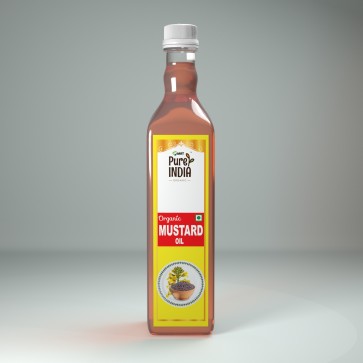
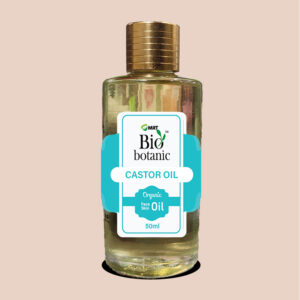
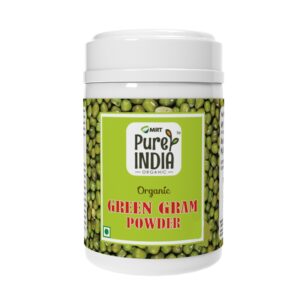
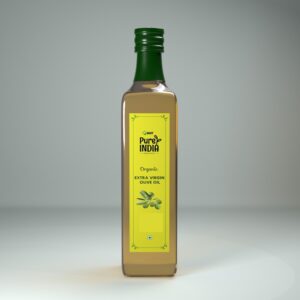
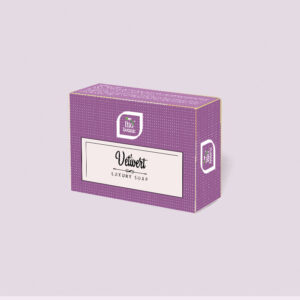
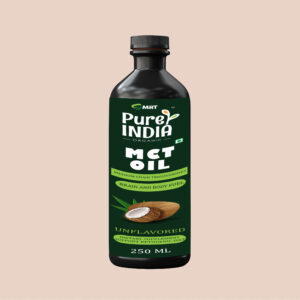
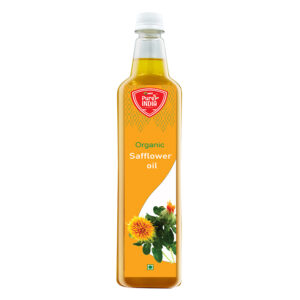
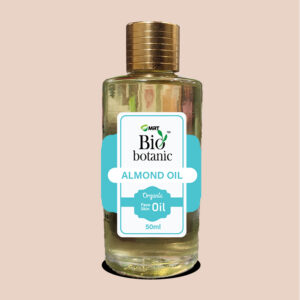
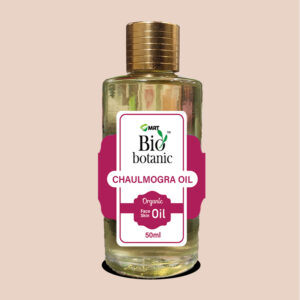
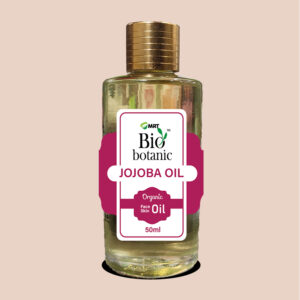
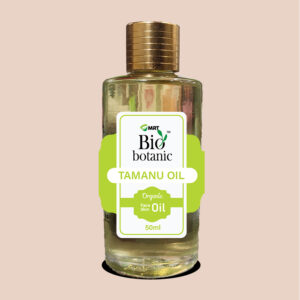
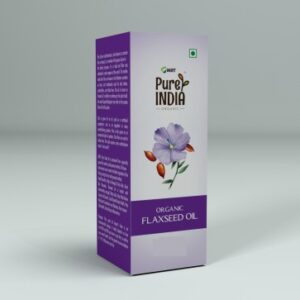
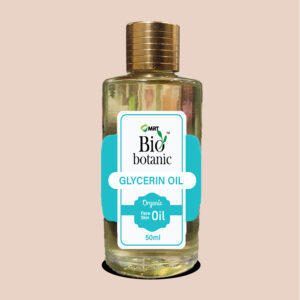







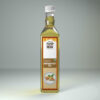
Reviews
There are no reviews yet.